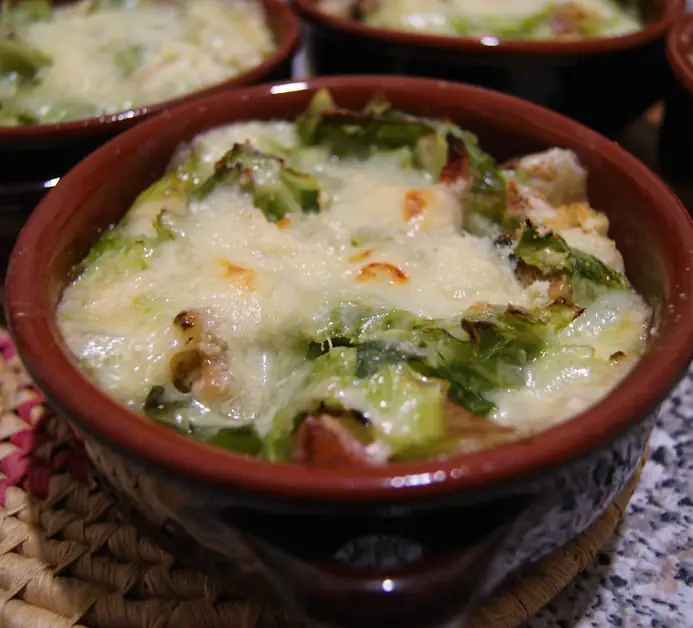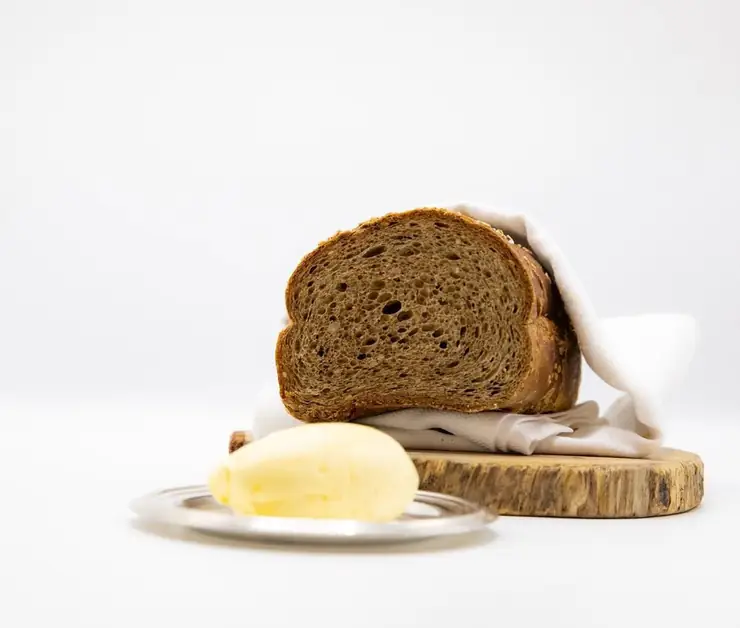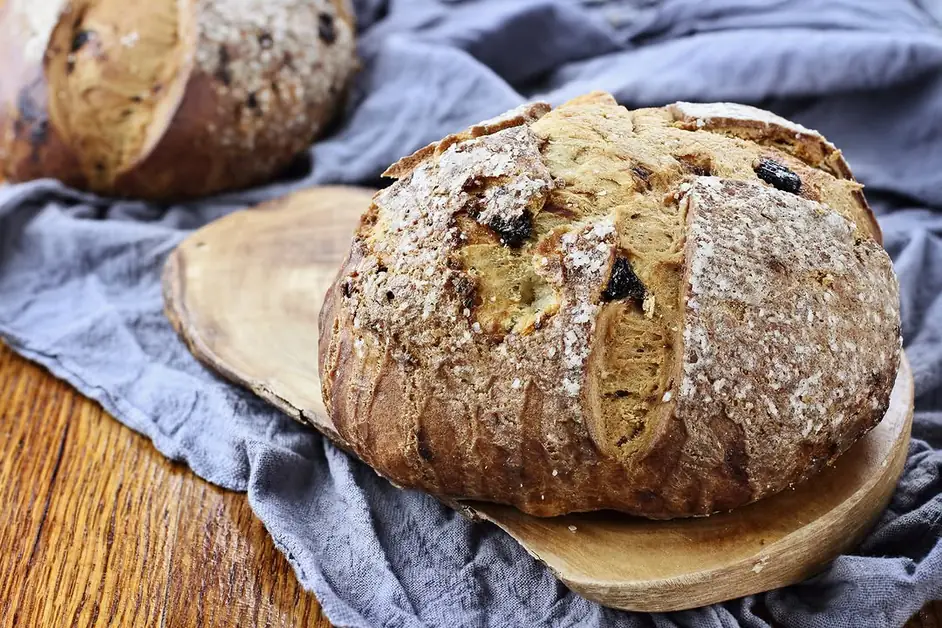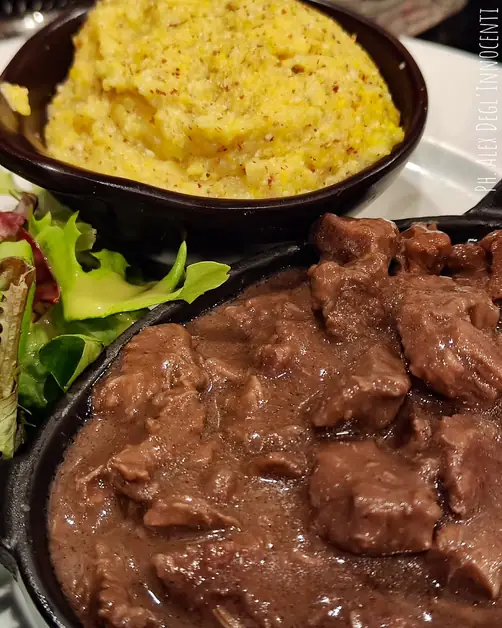Chnéffléne from Aosta Valley a traditional dish to try
Chnéffléne from Aosta Valley is a traditional dish rich in history and flavor.
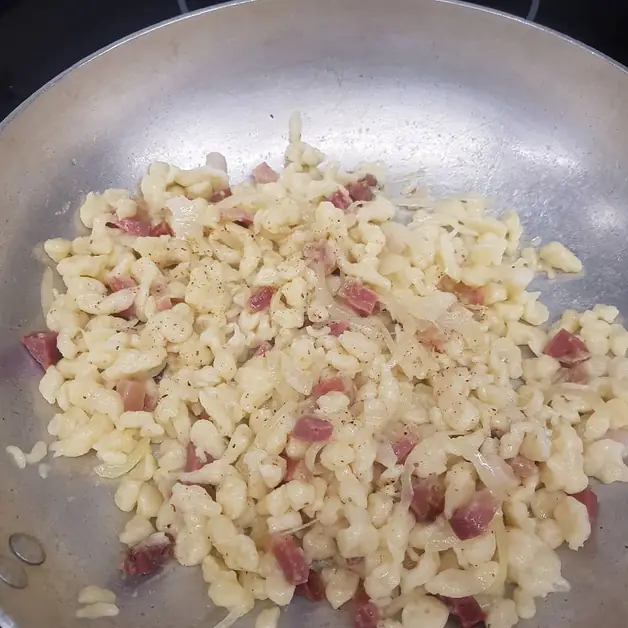
What are the Chnéffléne from Aosta Valley?
The Chnéffléne are a typical first course from the Aosta Valley, particularly from the Gressoney valley, and represent one of the most authentic and traditional recipes of alpine cuisine. These small dumplings of German origin were introduced to the region in the Middle Ages by the Walser, a German-speaking people who settled in the high valleys at the foot of Monte Rosa between the 12th and 13th centuries. Since then, the recipe has perfectly integrated into the Aosta Valley culinary tradition, becoming a symbolic dish of the Gressoney area and its cultural roots.
Who are the Walser and what did they bring to Aosta Valley?
The Walser were populations from the Upper Valais (Switzerland) who, between 1100 and 1200, settled in various alpine valleys, including Gressoney-La-Trinité and Gressoney-Saint-Jean. They brought with them their language, their wooden and stone architecture, and their culinary traditions. Among these was the recipe for Chnéffléne, known in German as Spätzle, small dumplings made from flour, eggs, and milk, cooked in a few minutes and seasoned with simple and genuine ingredients.
What are the ingredients of the Chnéffléne from Aosta Valley?
The traditional recipe calls for poor but nutritious ingredients, perfect for the long mountain winters: 250 g of all-purpose flour 3 eggs 100 ml of milk Salt to taste Butter Onion Black pepper For seasoning, the most common versions are two: one with sautéed butter and onion, simple and delicate, and the other with cream and speck, richer and tastier. Some also add local cheeses, such as Fontina DOP, to obtain an even creamier variant.
How to prepare Chnéffléne step by step?
1. In a large bowl, break the eggs and whisk them together with the milk. 2. Gradually add the flour, mixing until you obtain a thick and smooth batter, free of lumps. The dough should fall in ribbons from the spoon. 3. In a pot, bring a large amount of salted water to a boil. 4. Place the special Spätzle tool over the pot and pour the batter into it, moving it back and forth so that small drops of dough fall into the boiling water. 5. The dumplings are ready as soon as they rise to the surface (it will take 2-3 minutes). 6. Drain them with a slotted spoon and immediately transfer them to the pan with the chosen seasoning. 7. Sauté for a few minutes to blend the flavors well and serve hot.
What are the traditional variations of Chnéffléne?
In addition to the two main versions, there are other regional or creative variations: Chnéffléne with Fontina: seasoned with melted butter and melted Fontina DOP for an intense and stringy flavor. Chnéffléne with cream and speck: richer, ideal for cold days. Chnéffléne with alpine herbs: with the addition of spinach or nettles in the dough, which give a bright green color and a fresh aroma.
What should the perfect Chnéffléne texture be?
The ideal texture is soft but compact. The dumplings should not be too liquid or too hard. After cooking, they should be tender to the bite but not sticky. To achieve this balance, it is important to respect the proportions between flour, eggs, and milk and not to overcook them.
What do Chnéffléne taste like?
Chnéffléne have a delicate and slightly buttery flavor, which pairs perfectly with savory seasonings like onion or speck. They are a comforting dish, perfect for warming up cold mountain days. Their simple taste allows for the authentic flavors of Aosta Valley cuisine to shine through.
How are Chnéffléne served in Aosta Valley?
In Aosta Valley, Chnéffléne are often served as a main dish or as a substantial first course. In Gressoney homes, it is tradition to accompany them with a glass of Aosta Valley red wine, such as Torrette DOC or Donnas, which enhance the flavor of the butter and speck. In typical restaurants, they are served in wooden bowls or terracotta plates, to recall ancient mountain customs.
What is the difference between Chnéffléne and Spätzle?
Although very similar, the Aosta Valley Chnéffléne are distinguished by some characteristics: The dough is slightly denser, with a higher amount of flour. The seasonings are more tied to Italian alpine tradition, such as butter, onion, and Fontina, rather than German or Swiss cheeses. The shape is less regular: Chnéffléne are small and irregular, just as mountain cuisine intends.
What is the cultural value of Chnéffléne in Aosta Valley cuisine?
Chnéffléne represent a perfect example of cultural fusion between Italian alpine traditions and Germanic ones. Brought by the Walser, they have become an integral part of local gastronomy, a symbol of the Gressoney Valley and its multicultural identity. This dish tells the story of a people who have adapted to the mountains, creating nutritious, simple, and flavorful dishes.
Why are Chnéffléne so loved by tourists?
Because they encapsulate the essence of Aosta Valley cuisine: genuineness, simplicity, and tradition. Tourists visiting Gressoney or the areas at the foot of Monte Rosa often find them in mountain huts, served steaming after a day on the slopes or a hike through the alpine trails. It is a dish that warms the heart and tells the story of the territory in every bite.
When are Chnéffléne prepared?
Chnéffléne are prepared year-round, but are particularly appreciated in the winter months when temperatures drop and Aosta Valley cuisine is enriched with warm and substantial dishes. In Gressoney families, it is tradition to prepare them on Sundays or on festive days, to share at the table with relatives and friends.
How can Chnéffléne be made even tastier?
One way to enhance their flavor even more is to gratin them in the oven after seasoning: just add a few cubes of Fontina and a sprinkle of Parmesan, and let them brown for a few minutes. The result is a stringy and fragrant dish, perfect for those who love the strong and decisive flavors of alpine cuisine.
What is the nutritional value of Chnéffléne?
Chnéffléne are an energetic and nutritious dish, ideal for facing the rigors of mountain climate. The eggs and flour provide proteins and carbohydrates, while the butter and speck add fats and flavor. It is a complete dish that combines simplicity and substance, perfect for those who engage in physical activity at high altitude.
